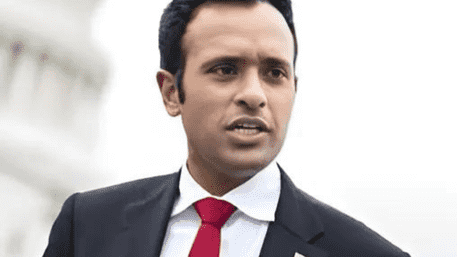
Service sector growth in India quickened substantially in April, with demand strength promoting the fastest increases in new business and output in close to 13 years. Companies became more optimistic towards future business activity, but job creation remained negligible, the S&P services PMI showed on Wednesday.
Rising from 57.8 in March to 62.0 in April, the seasonally adjusted S&P Global India Services PMI Business Activity Index signalled the fastest expansion in output since mid 2010. Anecdotal evidence linked the upturn to a pick-up in new business growth and favourable market conditions. Out of the four monitored sub-sectors, the strongest increase in output was seen in Finance & Insurance.
“India’s service sector posted a remarkable performance in April, with demand strength backing the strongest increases in new business and output in just under 13 years. Finance & Insurance was the brightest spot, topping the sectoral growth rankings for both measures,” said Pollyanna De Lima, Economics Associate Director at S&P Global Market Intelligence.
Having retreated in each month since the start of the current calendar year, input price inflation quickened in April. The PMI survey participants indicated higher salaries and wages awarded to staff, as well as pressures from food, fuel and transportation costs. Accommodative demand conditions facilitated the pass-through of additional expenses to clients, with prices charged for the provision of services increasing at the strongest rate in 2023 so far.
Mirroring the trend for business activity, new orders rose at the fastest pace since June 2010. Growth was linked by survey members to strong demand for services and competitive pricing. Finance & Insurance topped the sector rankings for sales.
Monitored companies signalled an improvement in international demand for Indian services in April. New export business expanded for the third month in succession and at the fastest pace over this period.
The pick-up in demand occurred in spite of escalating price pressures. Input costs rose at the quickest pace in three months during April, and one that outpaced the long-run series trend. According to survey members, food, fuel, medicine, trans-
portation and wages were the main sources of inflation. Consumer Services recorded the fastest upturn in average expenses.
The combination of rising input costs and demand resilience urged services companies to lift their selling prices in April. The rate of charge inflation was marked and the strongest in 2023 so far.
Pollyanna De Lima also highlights one area of weakness in the latest results, which is the labour market. “Despite the substantial pick-up in sales growth and improved business sentiment towards the outlook, the increase in employment seen in April was negligible and failed to gain meaningful traction,” De Lima added.
Despite the substantial uptick in new orders, staff levels in the service sector increased only marginally at the start of the first fiscal quarter. Whereas some companies lifted headcounts due to rising output needs, the vast majority left them unchanged amid sufficient workers for current requirements.
Indeed, outstanding business volumes increased only marginally in April. The latest rise was the sixteenth in as many months, albeit one of the slowest over this period.
Marketing efforts, plans to price competitively and an increased focus on customer relations boosted business confidence in April. Close to 22 per cent of companies forecast growth of business activity over the course of the coming 12 months, compared with 2% that anticipate a reduction.
















